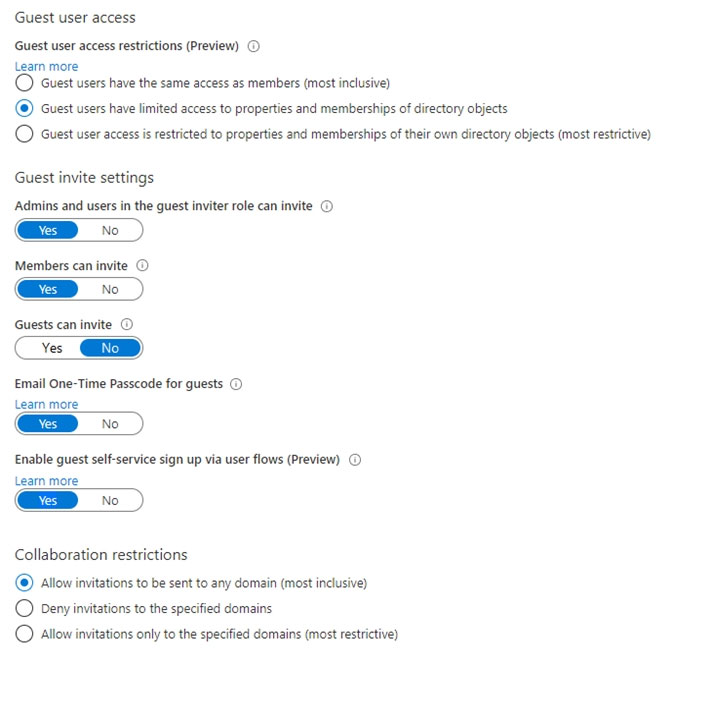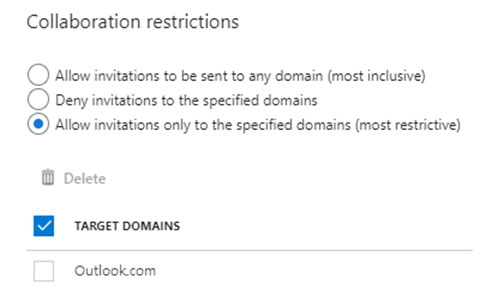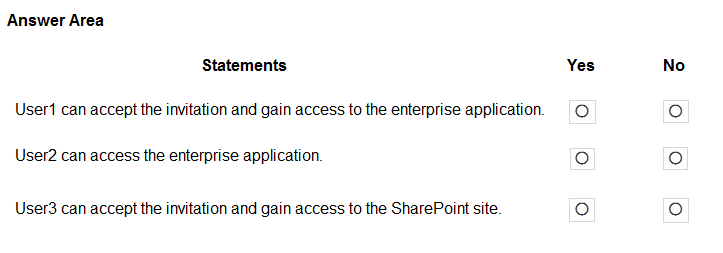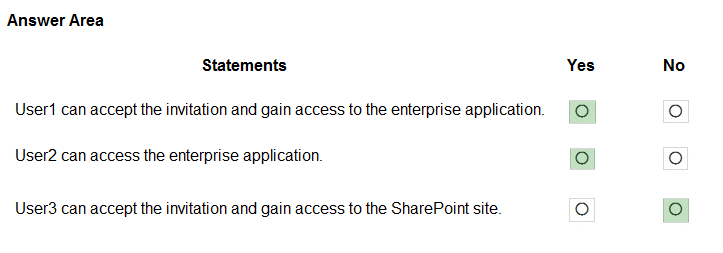Microsoft Identity and Access Administrator
Here you have the best Microsoft SC-300 practice exam questions
- You have 311 total questions to study from
- Each page has 5 questions, making a total of 63 pages
- You can navigate through the pages using the buttons at the bottom
- This questions were last updated on February 13, 2025






